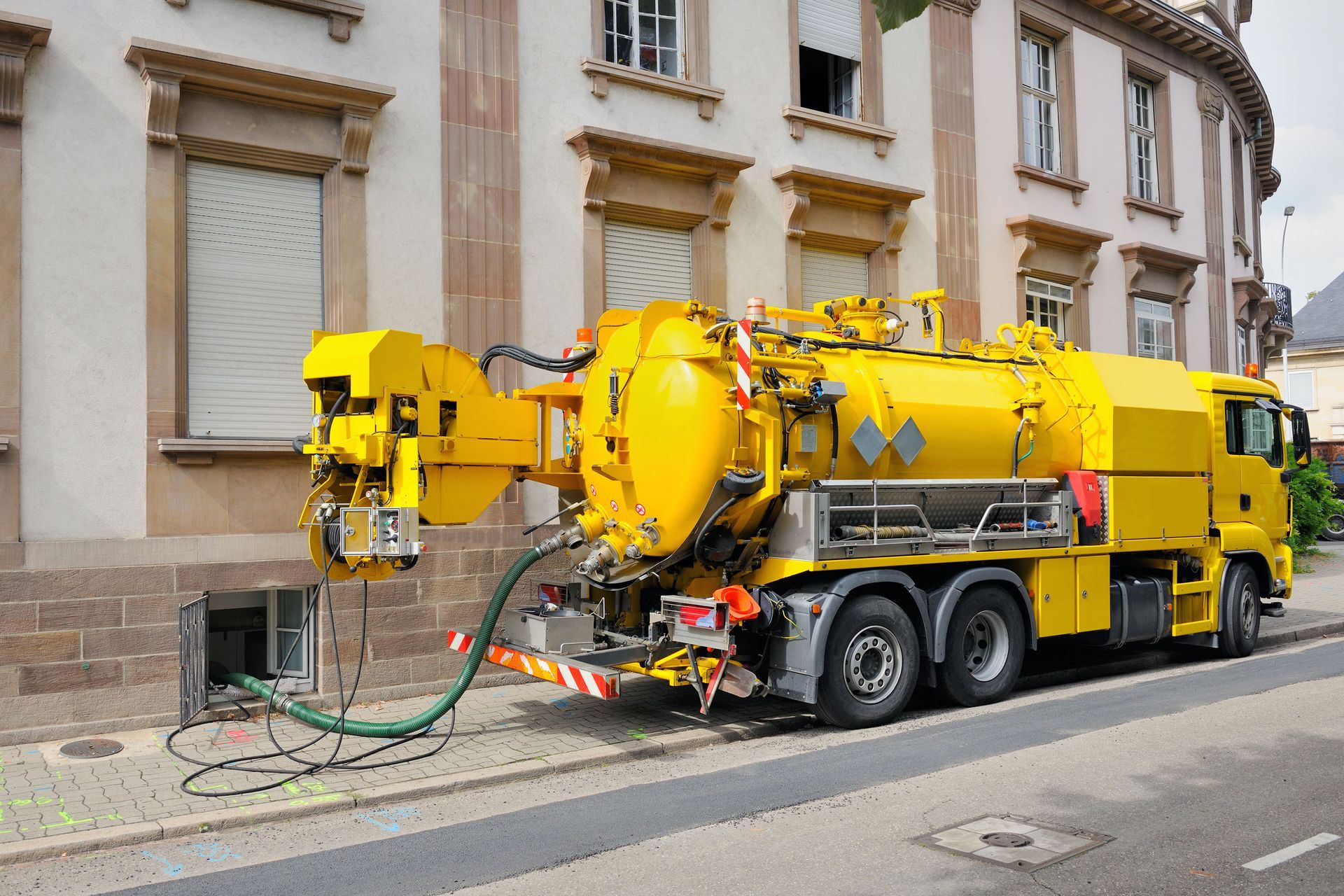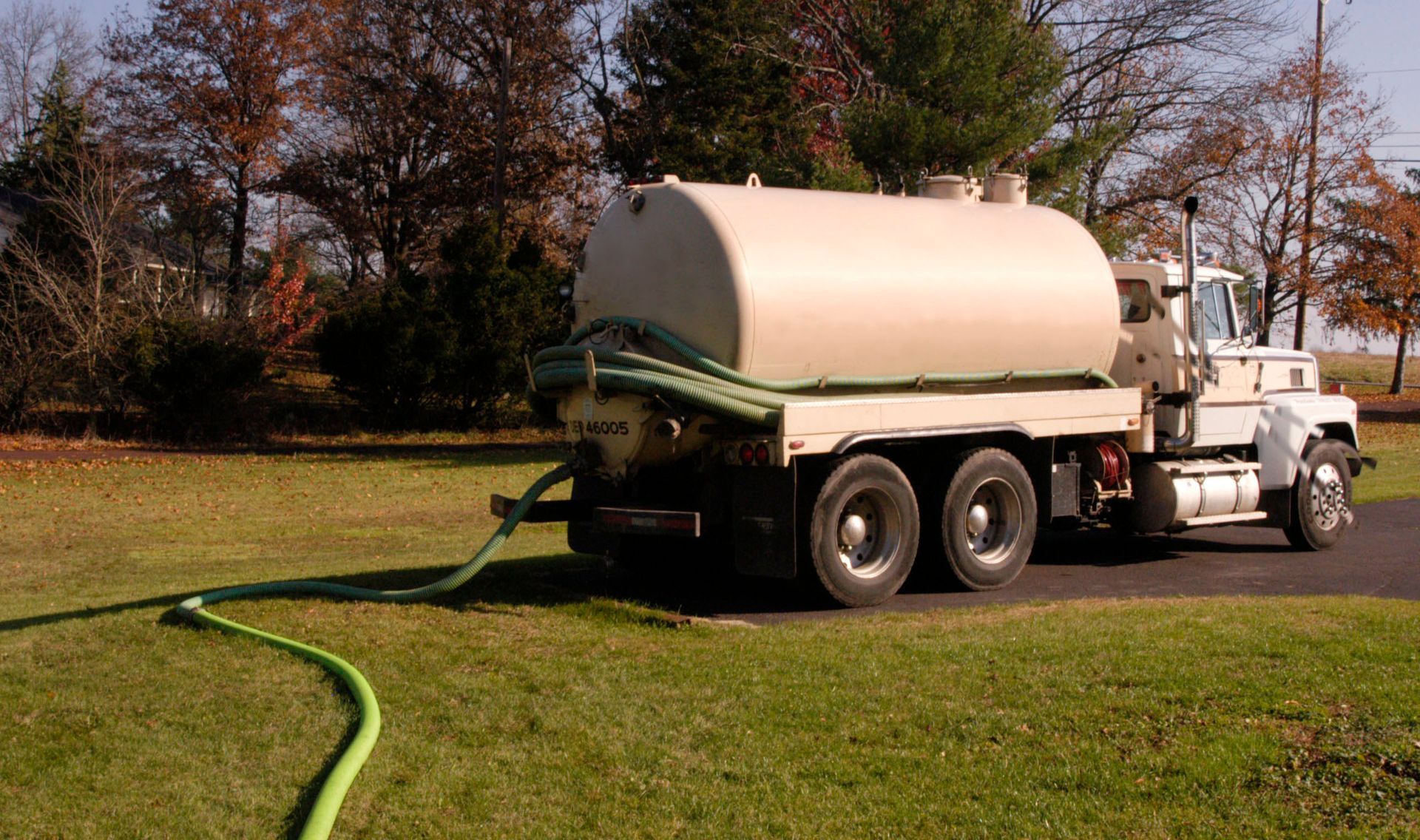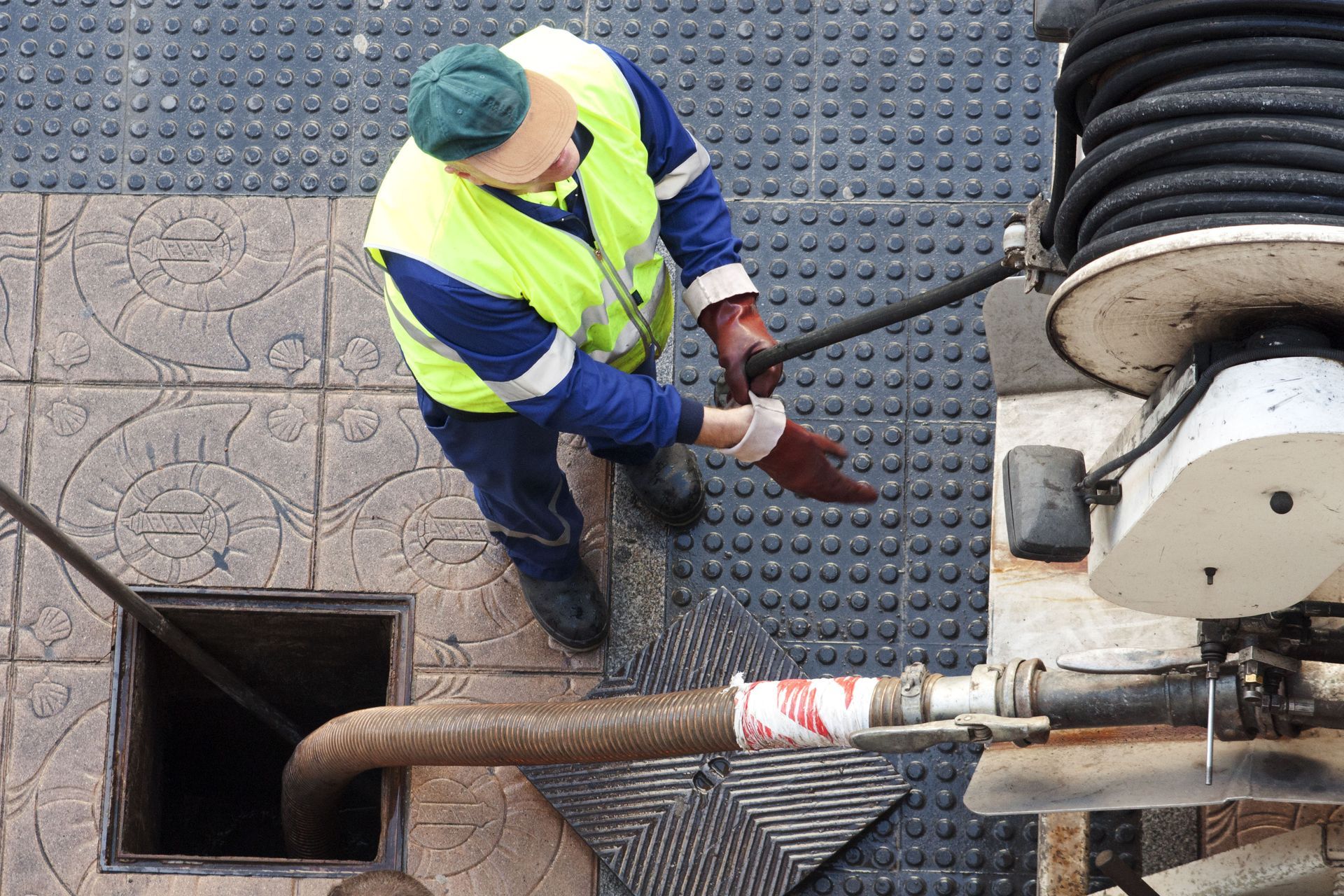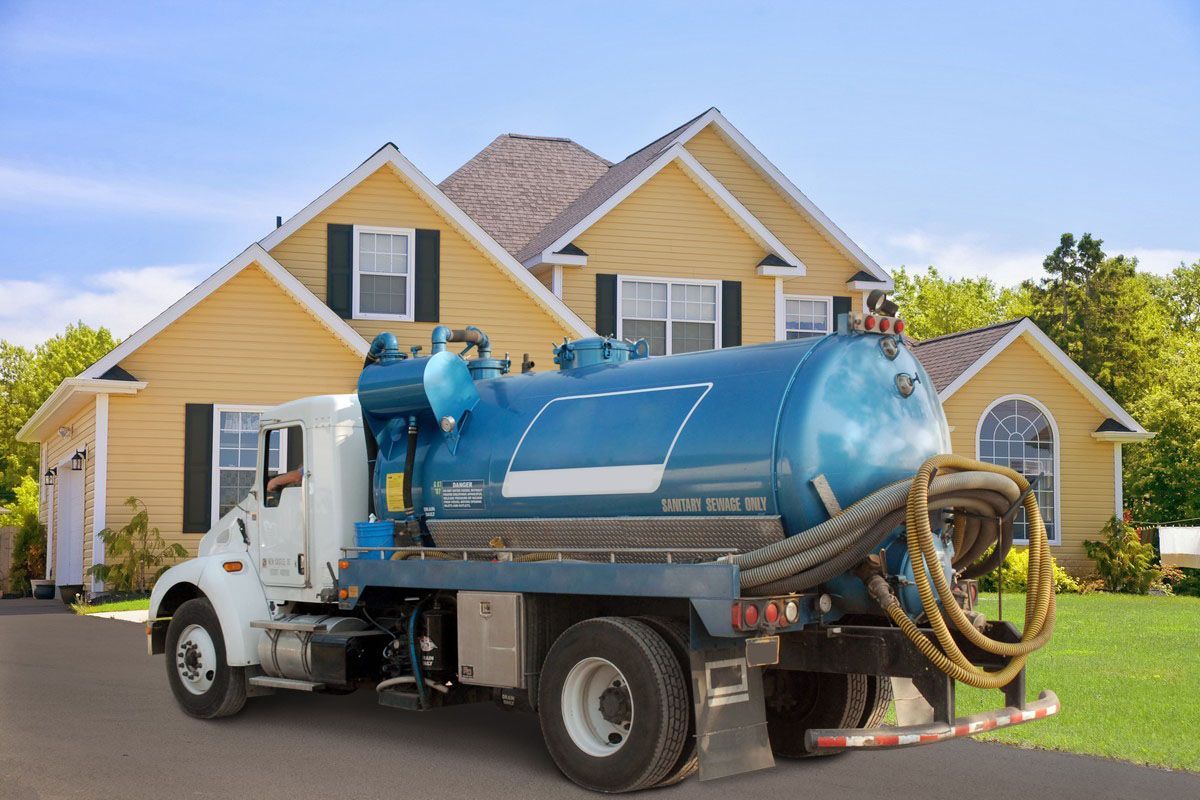6 Key Signs Your Septic Tank Needs Pumping
Proper maintenance of a septic tank is not just a recommendation—it’s a necessity for protecting both your property and your health. A neglected septic system can overflow, damage your plumbing, and create costly repairs that often run into the thousands of dollars. In many cases, these problems develop slowly and go unnoticed until they become severe, which is why early recognition of warning signs is so important.
When caught in time, most septic issues can be resolved with straightforward maintenance, such as septic pumping, before they escalate into emergencies. According to Today’s Homeowner, a typical household should schedule septic pumping every three to five years to keep the system functioning properly. Larger families, especially those with five or more people, should shorten that interval to every two to three years due to the higher volume of wastewater the system must handle.
Adhering to these timelines ensures that solids in the tank do not accumulate to the point where they block pipes, clog the drain field, or cause sewage backups into the home. Beyond the recommended pumping schedule, staying alert to changes in how your plumbing behaves is key. Warning signs like slow drains, unpleasant odors, or unusually lush grass above the drain field can signal that your septic system is reaching capacity or developing a problem.
1. Experiencing Slow-Draining Fixtures
One of the earliest signs that your septic tank may be full is slow-draining sinks, showers, or tubs. You might notice water lingering in basins longer than usual or gurgling noises from drains. While minor clogs can cause similar symptoms, a full septic tank restricts wastewater flow and creates a system-wide slowdown.
Sluggish drains occur when the tank’s capacity is nearly maxed out, making it harder for new wastewater to enter and flow to the drain field. This is especially common in households that have delayed septic pumping beyond the recommended schedule. Ignoring the problem can lead to standing water, unpleasant odors, and even sewage backups.
By acting quickly, either scheduling an inspection or septic pumping, you can restore normal drainage and prevent damage to pipes and fixtures. Addressing slow drains early often saves hundreds or even thousands of dollars in potential repairs.
2. Noticing Unpleasant Odors Around the Property
Another clear warning sign is the presence of foul smells near the septic tank, drain field, or even inside your home. These odors are usually caused by gases like hydrogen sulfide, methane, and ammonia, which form naturally during the breakdown of waste. In a healthy, well-maintained system, these gases remain contained underground and are safely vented away from living areas.
When the tank is overdue for septic pumping or has a mechanical problem such as a blocked vent or damaged seal, these gases can escape, producing a strong sewage-like smell. Not only is this unpleasant, but prolonged exposure to septic gases can also pose health risks, including headaches, nausea, and respiratory irritation. Strong odors indoors may even indicate that sewage is beginning to back up into your plumbing, which is a serious red flag.
Masking the odor with air fresheners, candles, or sprays won’t solve the underlying problem. Instead, you need to identify the root cause—often a full tank, a ventilation issue, or a leak—and correct it promptly. In many cases, scheduling septic pumping eliminates the odor entirely, restores safe, odor-free operation, and prevents the problem from escalating into more costly repairs.
3. Seeing Unusually Lush Grass Over the Drain Field
If parts of your lawn, particularly over the drain field, look greener and thicker than surrounding areas, it could be a red flag. Wastewater from a leaking or overfilled septic tank acts as a fertilizer, feeding grass with extra nutrients. While it may look attractive, it signals that your septic system is leaking where it shouldn’t.
This excess wastewater not only fuels abnormal plant growth but also disrupts the soil’s ability to manage moisture. Oversaturation in the drain field reduces the soil’s capacity to absorb and filter waste effectively. When the soil becomes waterlogged, it can’t process sewage properly, leading to problems such as standing water, unpleasant odors, or even raw sewage surfacing on the lawn.
Over time, this moisture imbalance can contribute to soil erosion, damage to underground pipes, and the gradual breakdown of the septic system’s infrastructure.
Professional assessment is essential in these cases. Sometimes, septic pumping alone will resolve the problem, but in other instances, repairs or drain field restoration may be required. Ignoring the sign risks worsening the leak and causing broader soil and water contamination.
4. Experiencing Toilet Flushing Problems
Repeated difficulty flushing your toilets is more than just a plumbing annoyance; it’s a potential indicator that your septic tank is full or malfunctioning. You may notice weak flushes, water rising higher in the bowl, or gurgling sounds. In more severe cases, waste may not clear at all.
These issues often occur when waste levels inside the tank reach the outlet pipe, reducing flow and creating back pressure. Larger families, especially those who exceed the two - to three-year septic pumping recommendation, are more prone to experiencing these problems.
While a plunger or drain snake might offer a temporary fix for localized clogs, persistent flushing issues almost always require a full system check and possible pumping. Acting early prevents waste from backing up into the home and keeps your plumbing in good condition.
5. Discovering Sewage Backups in the Home
Few issues are more urgent than sewage backing up into sinks, tubs, or toilets. This is a strong indicator that the septic tank is beyond capacity and that wastewater has nowhere else to go. Sometimes, this happens suddenly, but there are often warning signs such as slow drains, odors, or flushing problems beforehand.
When a backup occurs, the first step is to stop using water immediately to prevent worsening the overflow. Then, contact a professional septic service to assess the situation and perform septic pumping if needed. Backups not only damage floors, walls, and fixtures but can also create serious health hazards due to bacterial contamination.
Preventive maintenance is the best safeguard. Following Today’s Homeowner’s pumping guidelines and scheduling routine inspections dramatically reduces the risk of sewage backups.
6. Detecting Nitrite Levels in Well Water
For homeowners relying on well water, high nitrate or nitrite levels are a dangerous sign that wastewater may be leaching from the septic system into the groundwater. This contamination typically occurs when a tank is leaking, overfull, or when the drain field fails to filter waste properly.
Consuming water with elevated nitrate or nitrite levels can cause serious health issues, particularly for infants, pregnant women, and individuals with certain medical conditions. Regular water testing is essential, especially if your household has not had septic pumping performed in several years.
If contamination is detected, the solution may involve a combination of immediate water filtration, temporary bottled water use, and septic system repair or replacement. Addressing the root cause quickly is vital for protecting both your family’s health and the environment.
Your septic system works quietly in the background, but when problems arise, they can be costly, disruptive, and hazardous to your health. Slow drains, unpleasant odors, unusually lush grass, flushing issues, sewage backups, and contaminated well water are all signs that demand prompt attention.
Take the smart, preventative approach, contact Service Connected, Inc today to schedule your professional septic pumping and inspection. Their skilled team will help you maintain peak system performance and give you the peace of mind that comes from knowing your home’s wastewater system is in expert hands.








Share On: